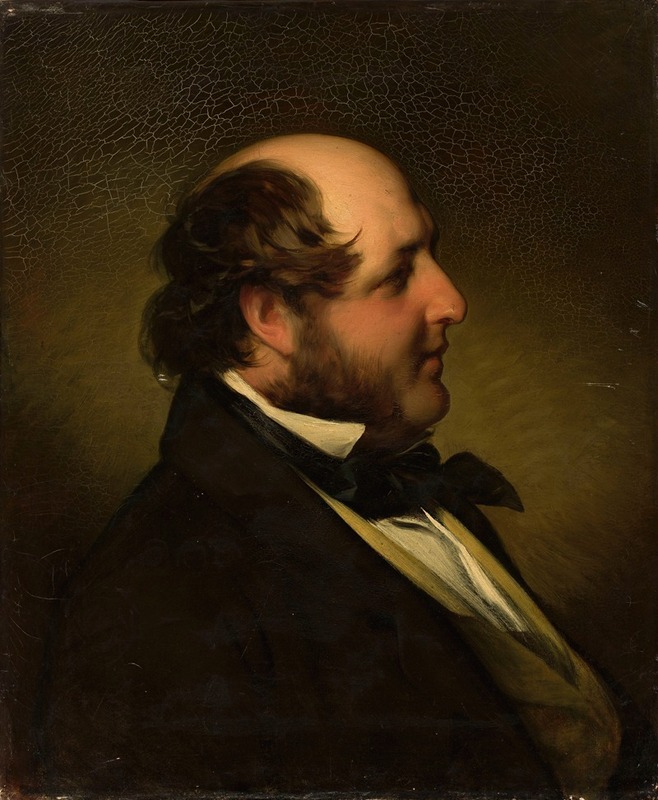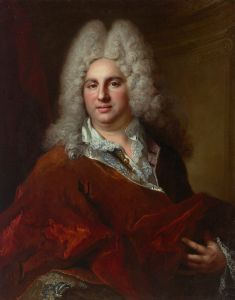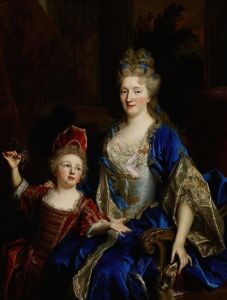
Portrait of Władysław Branicki
A hand-painted replica of Friedrich von Amerling’s masterpiece Portrait of Władysław Branicki, meticulously crafted by professional artists to capture the true essence of the original. Each piece is created with museum-quality canvas and rare mineral pigments, carefully painted by experienced artists with delicate brushstrokes and rich, layered colors to perfectly recreate the texture of the original artwork. Unlike machine-printed reproductions, this hand-painted version brings the painting to life, infused with the artist’s emotions and skill in every stroke. Whether for personal collection or home decoration, it instantly elevates the artistic atmosphere of any space.
"Portrait of Władysław Branicki" is a 19th-century oil painting by the Austrian artist Friedrich von Amerling. Amerling, one of the most prominent portrait painters of the Biedermeier period, was known for his detailed and elegant depictions of aristocrats and members of high society. This particular work portrays Władysław Branicki, a Polish nobleman from the influential Branicki family, which played a significant role in the political and cultural life of Poland during the 18th and 19th centuries.
The painting exemplifies Amerling's mastery of portraiture, showcasing his ability to capture the sitter's personality and social status through meticulous attention to detail. Władysław Branicki is depicted in formal attire, reflecting his noble lineage and position within society. The artist's use of light and shadow enhances the three-dimensional quality of the figure, while the soft, naturalistic rendering of textures, such as fabric and skin, demonstrates Amerling's technical skill.
Friedrich von Amerling (1803–1887) was a court painter for the Austrian Empire and created numerous portraits of European aristocracy. His works are characterized by their refined style and focus on realism, which were hallmarks of the Biedermeier aesthetic. Amerling's portraits often emphasize the individuality of his subjects, while also adhering to the conventions of formal portraiture of the time.
The exact date of the painting's creation is not documented, but it is consistent with Amerling's active period as a portraitist, which spanned the early to mid-19th century. The painting is part of the cultural heritage of the Branicki family and serves as a historical record of Władysław Branicki's appearance and status.
As of now, the painting's current location and ownership are not widely documented in public records. However, it remains an example of Friedrich von Amerling's contribution to European portraiture and his ability to immortalize the elite figures of his era through his art.


















